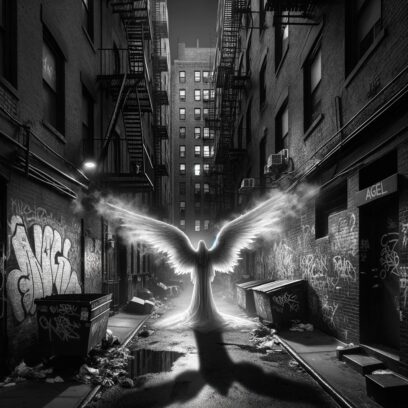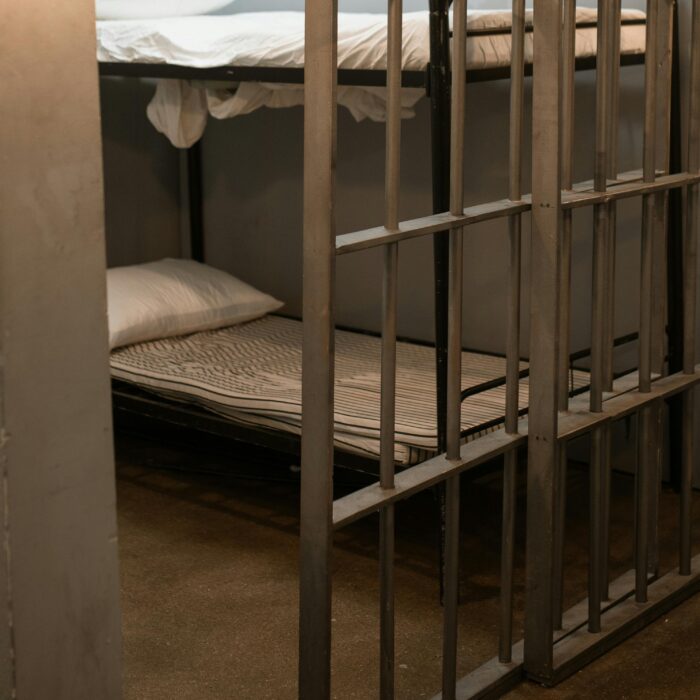You have no items in your cart. Want to get some nice things?
Go shopping
i.
I’m often kissing strange women in my dreams.
But all night long I fight and bicker with the women I know from real life who appear there. For instance, my ex-wife who I share a dream house with in Gainesville’s student ghetto although I lived there years before I met her.
She asks, How many beers have you had today?
This is my first, I respond. Do you think I drink too much?
It seems like it.
Well, I don’t, I shout, then stew, not saying anything else forever.
Another time, I dream about taking a dump at my mother’s house and, when the toilet overflows, picking up the shit in my hands. My sister is grossed out and throws a fit when a particularly long turd breaks apart and makes a disgusting mess all over all the white fixtures and walls and floor. This enrages me and I launch into a stream of obscenities which saddens my mother.
ii.
Although I’ve lived in New York for twenty years, the city is almost never a setting for any of my dreams. Prior to living here, I resided in college towns and most of my dreams are set in places like that. But even the ones that aren’t exist in mythical dream locations with lots of light and space. The streets and alleyways between city buildings seem too cramped for my subconsciousness to enact its little dramas.
My idea of the city was always based on fear and conflict and a romanticizing of the grungy and dangerous, a street-level laboratory producing Great Art. My preconceptions of New York City, specifically, were forged in the novel—Last Exit to Brooklyn, Call It Sleep—and the cinema—Taxi Driver, Midnight Cowboy, Do the Right Thing. In addition to the grittiness of lives lived close to the pavement, there was a disturbing racial violence, different in timbre and magnitude from the Southern version I had grown up with and which I would only later learn was grounded in real life. After moving here, I saw it played out in the daily news: Sean Bell shot fifty times by cops on the morning of his wedding, Eric Garner choke-holded to death just like the fictional Radio Raheem, filmed for posterity. As Brian Tochterman writes in his recent cultural history of Postwar NYC, The Dying City, “Reactionary violence exemplified white and black rage in the neoliberal city” and so it predated even fake liberals like Michael Bloomberg and his pal Ray Kelley with their racist stop-and-frisk policing and real conservatives like Rudy Giuliani and his buddy Will Bratton and their racist broken windows policing. Their precursor, the lifelong Democrat Ed Koch openly pandered to white fear in every one of his campaigns.
iii.
It’s not fear that kept Virginia Woolf from New York City and America, but her lifelong struggle with mental illness, the fact that her subconscious and conscious lives did daily battle until she couldn’t distinguish which voices were real and which fake—or if all were real. Or all fake. Her husband tried to save her from the rigors of London life which is one of the reasons—along with the fact that their city home was blown to bits in the Blitz of WWII—that they moved to Sussex. But if you’re going to kill yourself, you’ll do it no matter where you are, and Woolf soon filled her pockets with stones and drowned herself in the Ouse River. In the suicide note she wrote to her husband, a letter from which Nicole Kidman reads in voiceover in the film adaptation of Michael Cunningham’s The Hours, she said: “To look life in the face, and to know it for what it is…at last, at last, to love it for what it is, and then, to put it away…”
I was living in Knoxville, TN and working in a record-slash-bookstore post-college when I discovered Woolf’s classic modernist stream-of-consciousness and impressionistic Mrs. Dalloway. This was around the same time I first heard the underground London band, Stereolab. At work one day, my coworker, Sam, put on their just-released Mars Audiac Quintet. You can hear the big city working and pumping its blood in the first song, “Three-Dee Melodie,” which sounds like a train bursting out of a tunnel, moving almost silently on electric tracks. Stereolab makes music like the forward propulsion of a modern car engine, gears, belts, and computer circuitry working in tandem: Moog synthesizer, trebly guitar, deep bass foundation, acoustic drums, and French accent girl doo-wop vocals singing cryptic lyrics:
Hideous, on the edge of a precipice
The cavity filled up with forgetfulness
Beyond, there’s no retribution, only war
The society of oblivion after
Space-age bachelor pad music for the sexy city-living cyborg of the future.
iv.
In Thomas Disch’s introduction to Pamela Zoline’s only collection of stories, he begins by writing about her painting rather than her writing. The first painting of hers he saw was “an angel with the most amazing wings.” This was in 1962 when Zoline was an undergrad at Barnard in West Harlem. Disch marvels that she was painting figuratively in that time period in NYC, “the nadir” for representational painting. If Disch were still alive, you, like I, would be justified in asking, Tom, what about Pop Art? If he wanted to be amazed, he should have been amazed at the fact that she was painting angels in NYC. Everyone knows that angels can’t exist in the urban milieu, that their wingspan won’t allow them down those narrow spaces between buildings.
Mildred Loving probably knew this which is why she wanted so badly to leave DC and return to her country life in Caroline County, VA, wanted it badly enough to overcome her shy nature and take her case all the way to the Supreme Court to change the law of the land, specifically, the one that said Blacks and whites couldn’t marry and do the things, or at least a particular thing, that married people do. First, she had to face a few indignities, including but not limited to, spending a few nights in a prison cell. Both trips to jail are dramatized in Jeff Nichols’s film Loving, the second a particularly gut-wrenching (if fictionalized) scene depicting the sheriff and his deputy rolling up to drag the mister and missus off to separate cells the morning after the birth of their first child. Sheriff Brooks, a real son-of-a-bitch redneck played by character actor Marton Csokas with cold intensity, tells Mildred’s husband in a suppressed rage, “I will split your head into white meat and go arrest every soul in that house,” if he doesn’t tell “that woman” to come out and get in his patrol car.
What ugly racism down South sixty years ago, such violence and fury expressed at the idea of a white man and Black woman loving each other and having a baby together. Nichols’s Caroline County is a land of wide-open spaces, shacks on cement blocks, fields of tobacco and corn, dirt roads, bright sunny climes. Go less than a hundred miles due west and travel sixty years into the future and you’ll see another ugly sight, a major riot blossoming out of a rightwing demonstration in a college town of less than a half-million people, new Nazis marching in the streets with their arms thrust out in salute, shouting “Jews will not replace us.” A young Black man’s head is split by white Nationalist thugs wielding pieces of pipe in a parking garage, a young white woman run over and killed by a racist driving a Dodge Challenger muscle car. A few days later, the president says that there were “some very fine people on both sides” at the demonstration. He isn’t a redneck, not even a Southerner, so he is in a position to make a neutral call. He grew up 350 miles to the north in something called a “borough,” a place called Queens, coincidentally in a house just a few miles from where I live today. It’s a green space with large lawns and wide, clean streets. Part of what he would later become would germinate there, the rest in the petri dish of the island of Manhattan, just a lazy thirty-minute drive west on the Long Island Expressway. Which part made the huckster? Which the idiot savant of media manipulation? Which the racist? Which the sexist? Which the sexual predator? What was made in the shadows and crevices and crannies and what popped out of thin air like an idea, appearing out of the wide-open spaces that this country has so much of to offer?
John Talbird
John Talbird is the author of the novel, The World Out There (Madville) and the chapbook of stories, A Modicum of Mankind (Norte Maar). His fiction and essays have appeared in Ploughshares, Potomac Review, Ambit, Juked, and The Literary Review among many others. His work has been nominated for a Pushcart, Best of the Net, and cited under “Notable Essays” in Best American Essays 2021. He is a frequent contributor to Film International and on the editorial board of Green Hills Literary Lantern. A professor at Queensborough Community College-CUNY, he lives with his wife and their two sons in New York City. You can read more of his writing at johntalbird.com.




